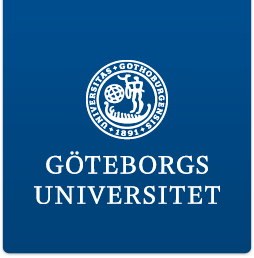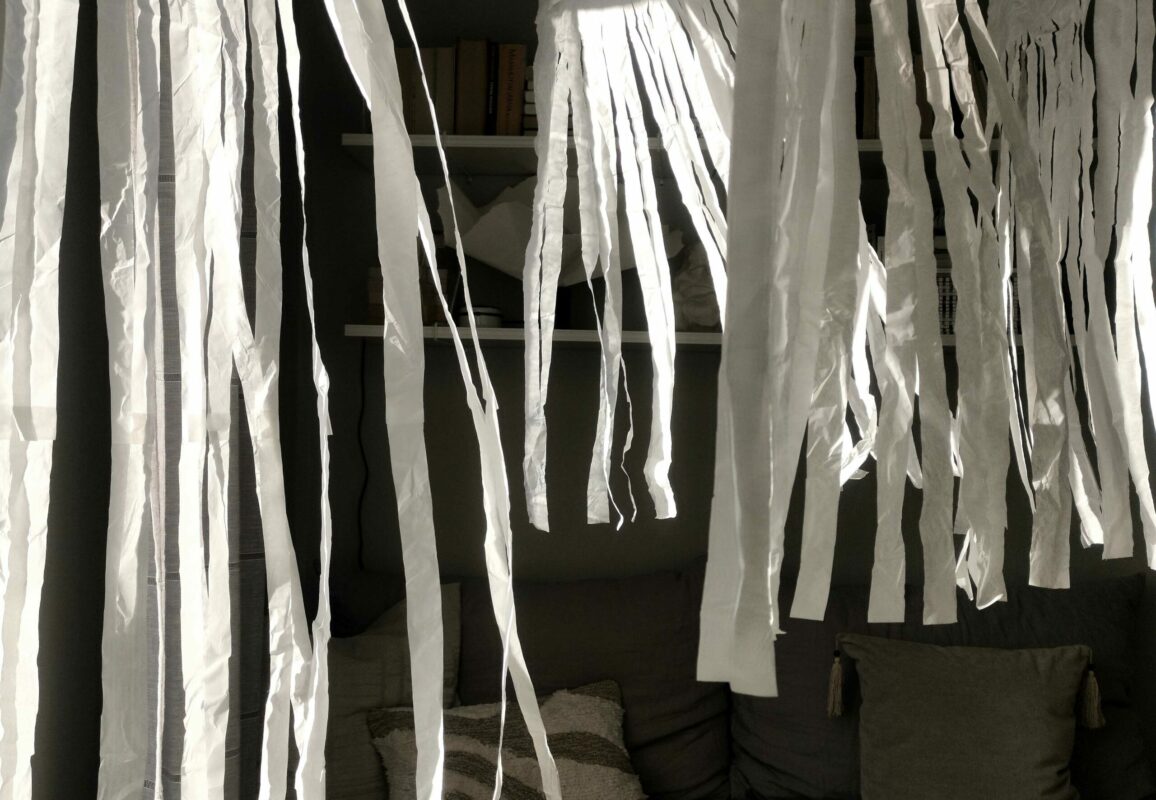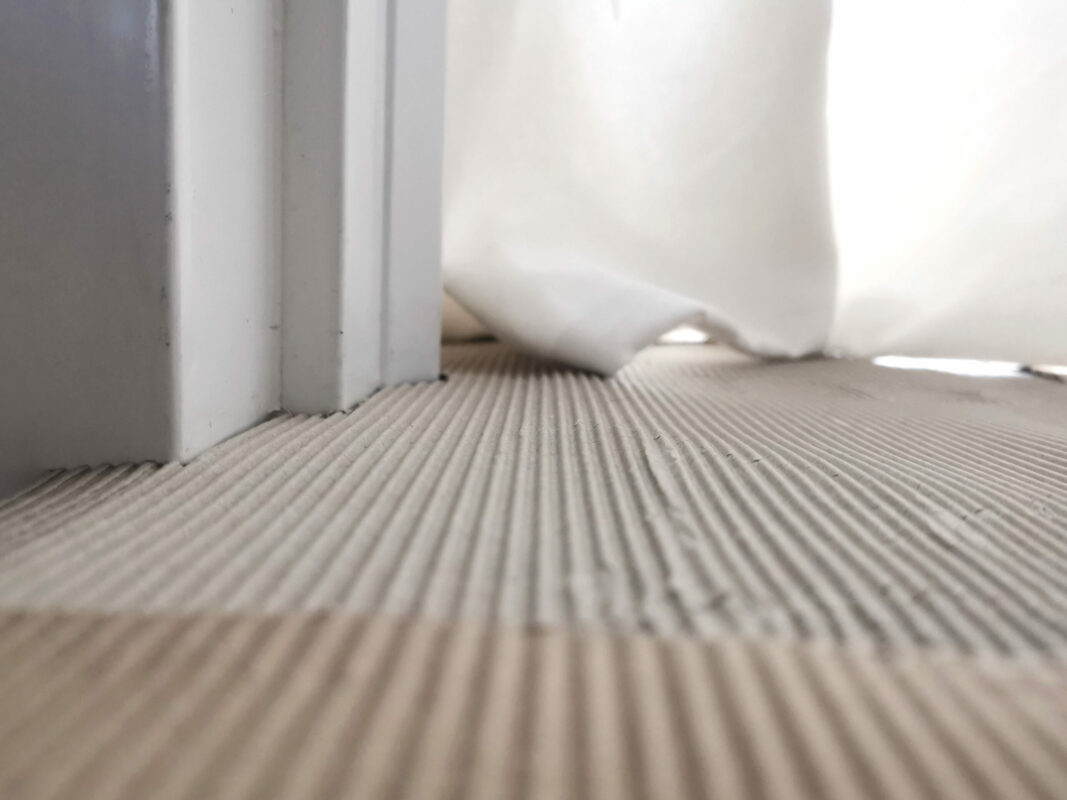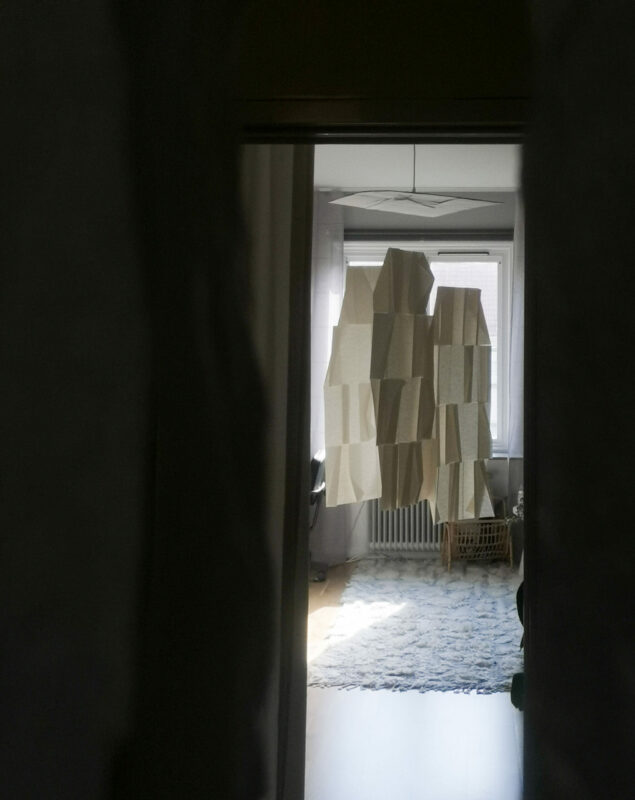Living with a home
This project investigates the home as if it has never have been encountered before, by exploring what it is to reside within a home, to relate to a home, and what happens when one is experiencing slowness and reflection. How does the predesigned site, the residence, relate to the outdoors and one’s body? The project views the exploring subject and its surroundings as connected elements, orientated within a hybrid cohabitation. The interior landscape undergoes a series of transformations during the process of unlearning, to later relearn through bodily orientation encountering the space. The purpose is to sensitise the interactions between the built room and the presence of sunlight and wind draft and the bodily experience of this indoor landscape. The aim is to become with these entangled relationships to perceive a home’s imaginary qualities.
Through embracing uncertainty and view the known as unknown, the interior landscape is revealed, expanded, and rediscovered. By adding new designs on top of pre-existing designs, the body must orientate itself differently, and the mind needs to rethink and reflect upon a new landscape. Through this sequence, knowledge is evolving and once more relearned. A new way of living and interacting with the home was made possible by a changed mindset, reached by using Slow Design tools and understood through architectural phenomenology.
// The writer Amitav Ghosh states that the climate crisis is also a crisis of culture, and the biologist Edward O Wilson claims our human-built habitat is sheltering us from the natural world to such an extent that new diseases have appeared. Perhaps especially the Covid-19 pandemic indisputably emphasised the importance of a home and its qualities. Today, over 50% of the world’s population live in cities, and by spending as much as 90% of our time inside buildings, Europeans have developed into an indoor species. This means that we are in relation to the world, living our lives, relating primarily with a humanly constructed habitat. A growing indoor population demands a larger indoor space, but the Earth space does not increase. Due to the limited space, we need to find an improved way of inhabiting the Earth and the indoors. //
mariagraslund@outlook.com







